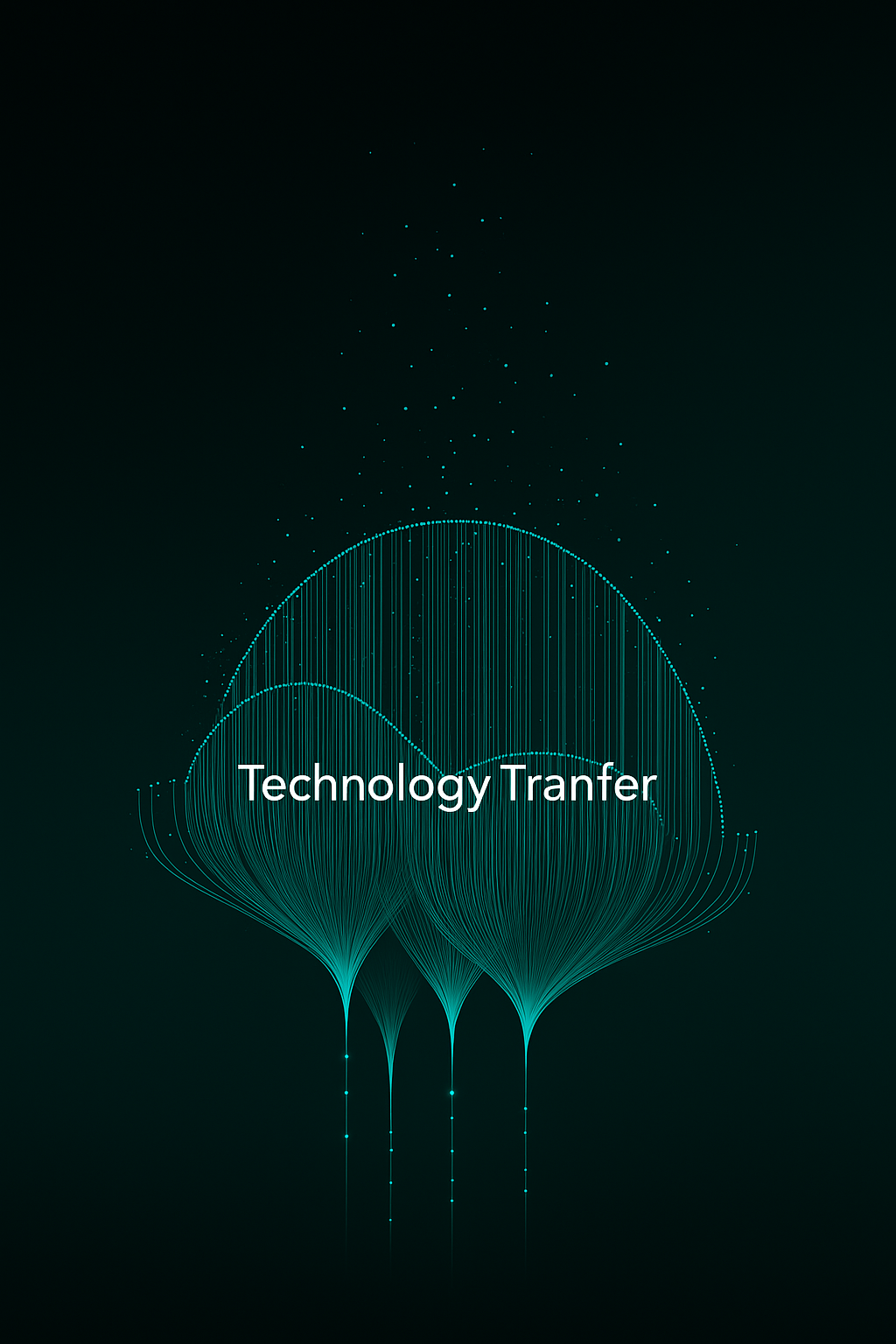Insights
Best practices for successful lab technology transfer in pharmaceutical manufacturing

Lab technology transfer is one of pharma’s most critical steps, but also one of its most under-optimized. Done right, it accelerates time to market. Done wrong, it introduces costly delays, compliance risks, and bottlenecks in manufacturing scale-up.
In our latest post on Tech transfer in pharma: fast-tracking product realization, we outlined how successful transfer unlocks downstream efficiency. But what makes a transfer successful? Let’s unpack the seven best practices that define high-performance lab tech transfers, and how digital transformation reshapes the game entirely.
Why tech transfer often fails, or drags on for too long
Tech transfer is deceptively complex. You’re not just moving methods from point A to point B. You’re transferring intent, context, and control, across teams, timelines, and technology stacks.
What gets in the way?
- Regulatory drag: Compliance with GMP, FDA, EMA, and ICH Q10 requirements adds enormous procedural weight.
- Disconnected teams: R&D, QA/QC, production, and regulatory often work in silos.
- Manual methods: Unstructured documentation, tribal knowledge, and inconsistent data formats cripple reproducibility.
There’s a better way, and it starts with structured digital knowledge transfer. We explore this further in Unified Namespace and AI in biomanufacturing, but here’s the core: structured, searchable, contextual knowledge reduces transfer risk.
7 best practices for successful lab tech transfer
- Plan early, even before validation begins
Too often, transfer is treated as a downstream task. The best organizations begin planning during process development, not post-validation. Early alignment avoids rework and last-minute surprises.
Bonus: Planning early allows you to align with MES or digital manufacturing systems upfront. Learn more in MES in pharma: the future of smart manufacturing.
- Standardize documentation and templates
Transfer chaos often stems from inconsistent formats. Use harmonized protocols, structured forms, and electronic lab notebooks (ELNs) to maintain clarity and traceability across functions and sites.
- Map method variability and critical parameters
Don’t just transfer the “how”, transfer also the “why.” Identify sensitive parameters, method dependencies, and potential failure points. Document these in contextual metadata, not just SOPs.
- Involve QA/QC and manufacturing early
Tech transfer isn’t R&D’s solo act. Loop in QA/QC, production, and regulatory teams during the whole development and not as too often just at the end. Use shared platforms to give everyone access to the same contextualized data.
- Train the receiving lab on intent and nuance
Training isn’t just a PowerPoint. It’s a strategic handoff. Ensure receiving teams understand method rationale, decision logic, and edge cases. It’s not enough with an understanding of just the protocol steps.
- Use digital tools to enable contextual knowledge transfer
Structured knowledge beats static documents every time. Tools like ELNs, LIMS, and MES integrated via a Unified Namespace give every stakeholder access to real-time, structured, and contextualized data.
- Define success metrics and measure them
Track transfer outcomes with objective KPIs:
- Method equivalency at receiving site
- Number of deviations or failures
- Time-to-release at new site
Quantifying success makes each transfer smarter than the last.
How AI and Unified Namespace are reshaping tech transfer
Modern lab tech transfer doesn’t just depend on SOPs and good intentions. It thrives on real-time data, structured knowledge, and AI insights.
Here’s what that looks like:
- AI-assisted method transfer: Identifies variability hotspots and predicts failure points
- Unified Namespace: Enables seamless real-time data sharing across QA, production, and R&D
- Contextual knowledge graphs: Capture not just what’s done, but why it matters
- These aren’t future tools—they’re part of the modern lab architecture Zaether helps you implement.
Why interoperability still breaks the best digital transfers
Even with the best MES, ELNs, and LIMS, lab technology transfer still fail when systems don’t talk to each other. Many platforms still use proprietary data formats, and the Metadata is lost between silos. And the lack of a shared semantic model leads to misinterpretation, duplication, or at worse, compliance gaps.
This is where interoperability becomes the Achilles’ heel of digital transformation. Unified Namespace helps bridge these systems, but without governance and strategy, even real time visibility turns into real time confusion.
We’ll go deeper into this challenge in our next post: “What most pharma teams miss about lab tech transfer”
From bottleneck to advantage
Lab technology transfer doesn’t have to be the slowest stage in your product realization pipeline.
With the right strategy, tools, and orchestration, it can become a competitive advantage, one that scales with you, not against you.
Zaether helps pharma companies design, coordinate, and orchestrate digital transformation across lab and manufacturing environments. Tech transfer is just the start.